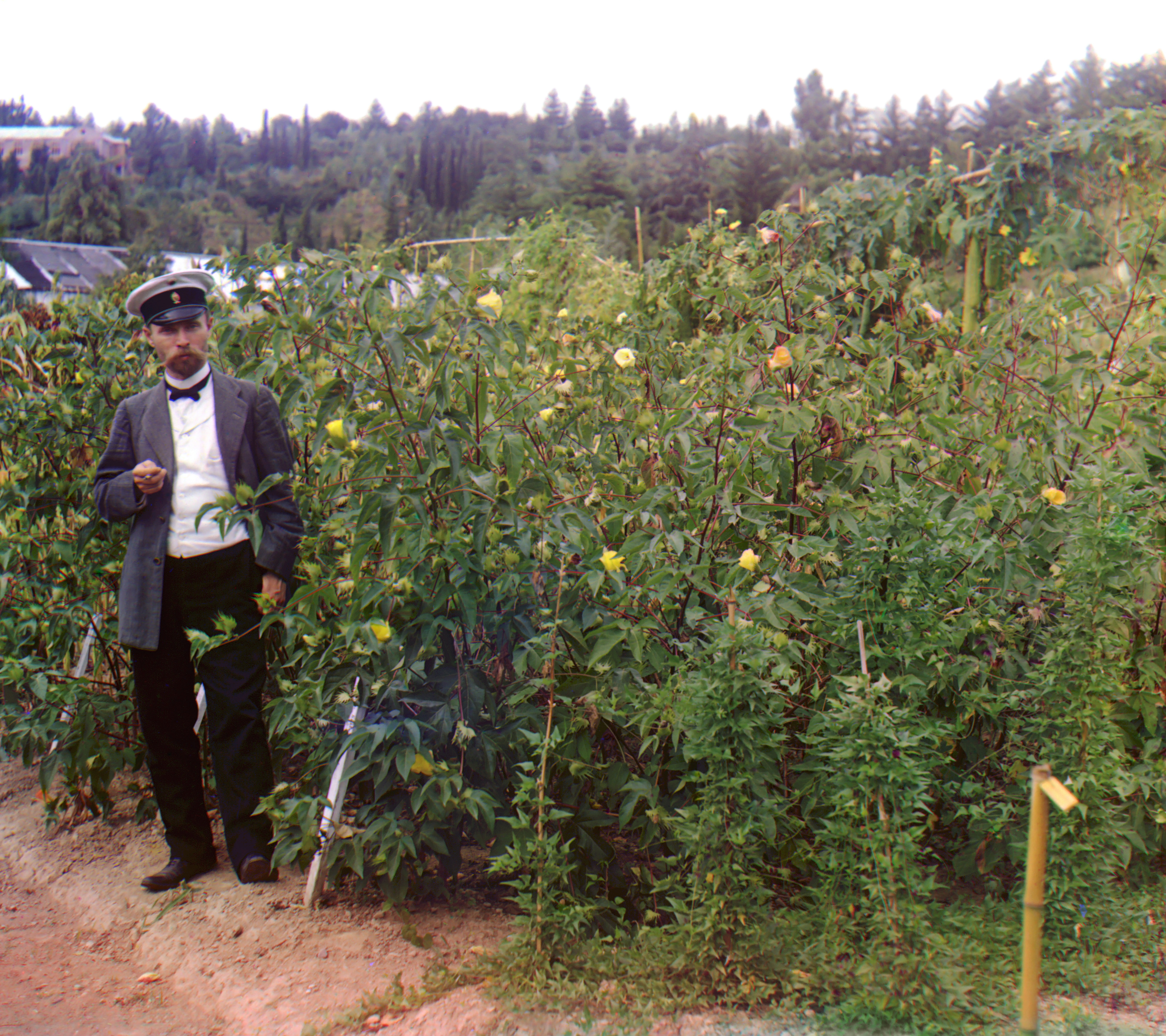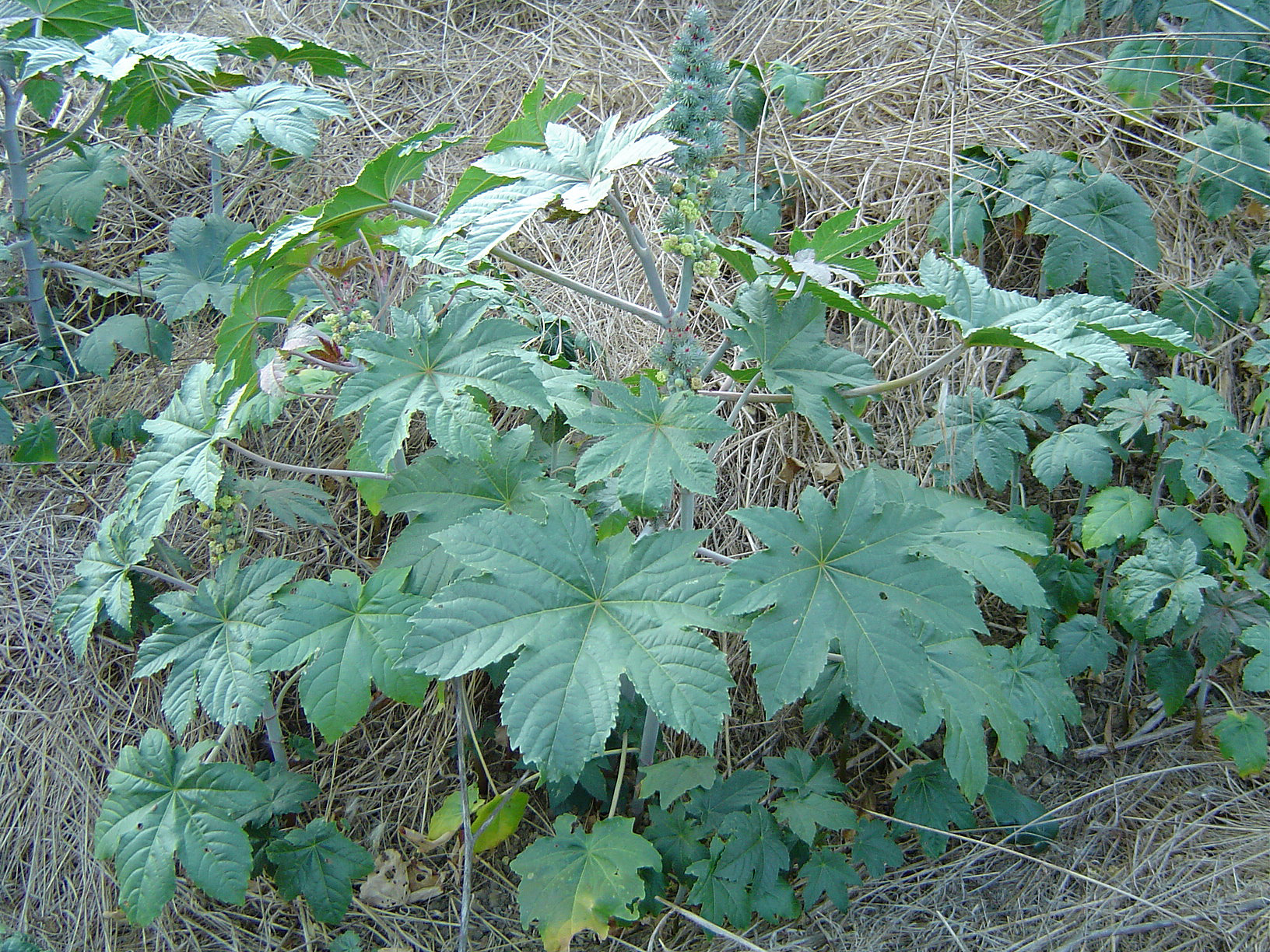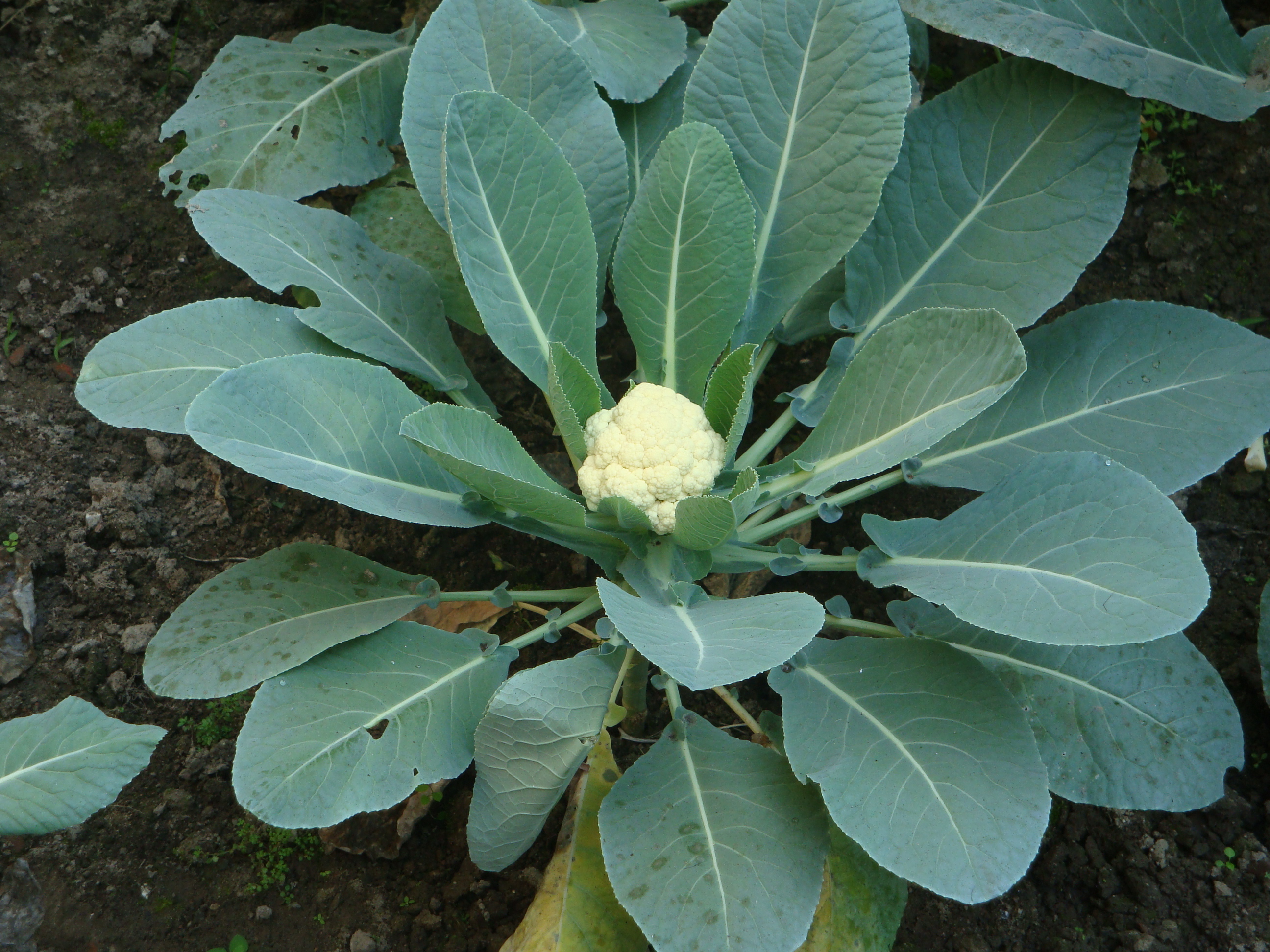|
Alpenus Investigatorum
''Alpenus investigatorum'' is a moth of the family Erebidae. It was described by Ferdinand Karsch in 1898. It is found in Ethiopia, Somalia, Kenya, Uganda, Tanzania, Mozambique, Malawi, Angola and Ghana. The larvae feed on ''Begonia'', ''Carica papaya'', ''Commelina'', ''Aster'', ''Bidens pilosa'', ''Cosmos'', ''Dahlia'', ''Galinsoga parviflora'', ''Zinnia'', ''Ipomoea batatas'', ''Brassica oleracea'', ''Ricinus'', ''Zea mays'', ''Gossypium'', '' Morus'', ''Boerhavia'', ''Arachis hypogaea'', '' Russelia juncea'' and ''Nicotiana tabacum ''Nicotiana tabacum'', or cultivated tobacco, is an annually grown herbaceous plant of the ''Nicotiana'' genus. The plant is tropical in origin, is commonly grown throughout the world, and is often found in cultivation. It grows to heights bet ...''. References Moths described in 1898 Spilosomina Moths of Sub-Saharan Africa {{Spilosomina-stub ... [...More Info...] [...Related Items...] OR: [Wikipedia] [Google] [Baidu] |
Ferdinand Karsch
Ferdinand Anton Franz Karsch or Karsch-Haack (2 September 1853, in Münster – 20 December 1936, in Berlin) was a German arachnologist, entomologist and anthropologist. The son of a doctor, Karsch was educated at the Friedrich Wilhelm University in Berlin and published a thesis on the gall wasp in 1877. From 1878 to 1921 he held the post of curator at the Museum für Naturkunde Berlin. Between 1873 and 1893, he published a catalogue of the spiders of Westphalia; he also published numerous articles on the specimens that the museum received from various explorers and naturalists working in Africa, in China, in Japan, in Australia, etc. This publication of others' work sometimes led to disputes over priority and nomenclature, for example with Pickard-Cambridge. Alongside his zoological activities, he published many works on sexuality and, in particular, homosexuality in both the animal kingdom and in so-called "primitive" peoples, including ''Das gleichgeschlechtliche Leben ... [...More Info...] [...Related Items...] OR: [Wikipedia] [Google] [Baidu] |
Cosmos (plant)
''Cosmos'' is a genus, with the same common name of cosmos, consisting of flowering plants in the sunflower family. Description ''Cosmos'' are herbaceous perennial plants or annual plants growing tall. The leaves are simple, pinnate, or bipinnate, and arranged in opposite pairs. The flowers are produced in a capitulum with a ring of broad ray florets and a center of disc florets; flower color varies noticeably between the different species. The genus includes several ornamental plants popular in gardens. Numerous hybrids and cultivars have been selected and named. Distribution ''Cosmos'' species are native to scrub and meadowland in Mexico where most of the species occur. In the United States, some varieties may be found as far north as the Olympic Peninsula in Washington, but the range also extends through Central America to South America as far south as Paraguay. One species, '' C. bipinnatus'', is naturalized across much of the eastern United States and eastern Canada. It ... [...More Info...] [...Related Items...] OR: [Wikipedia] [Google] [Baidu] |
Nicotiana Tabacum
''Nicotiana tabacum'', or cultivated tobacco, is an annually grown herbaceous plant of the ''Nicotiana'' genus. The plant is tropical in origin, is commonly grown throughout the world, and is often found in cultivation. It grows to heights between 1 and 2 meters (3' to 6'). Research is ongoing into its ancestry among wild ''Nicotiana'' species, but it is believed to be a hybrid of ''Nicotiana sylvestris'', '' Nicotiana tomentosiformis'', and possibly '' Nicotiana otophora''. It is the most commonly grown of all plants in the genus ''Nicotiana,'' the plants' leaves commercially grown to be processed into tobacco. Description It is an annual plant that grows high and is sticky hairy on all parts. The stems are thick and not very branched. The leaves can be over long with the blades ovate to elliptical, or obovate, pointed towards the front and, at the base, run down the stem or are sessile, encompassing the stem. The scented inflorescences are multi-branched panicles. The flow ... [...More Info...] [...Related Items...] OR: [Wikipedia] [Google] [Baidu] |
Russelia Juncea
''Russelia equisetiformis'', the fountainbush, firecracker plant, coral plant, coral fountain, coralblow or fountain plant, is a species of flowering plant in the family Plantaginaceae. This weeping subshrub is native to Mexico and Guatemala.San Marcos Growers horticultural database: ''Russelia equisetiformis'' . accessed 12.18.2013 The Latin means "like ''''" (the horse tail rush) - a plant which is only distantly related. Description ''Russelia equisetiformis ...[...More Info...] [...Related Items...] OR: [Wikipedia] [Google] [Baidu] |
Arachis Hypogaea
The peanut (''Arachis hypogaea''), also known as the groundnut, goober (US), pindar (US) or monkey nut (UK), is a legume A legume () is a plant in the family Fabaceae (or Leguminosae), or the fruit or seed of such a plant. When used as a dry grain, the seed is also called a pulse. Legumes are grown agriculturally, primarily for human consumption, for livestock f ... crop grown mainly for its edible Seed, seeds. It is widely grown in the tropics and subtropics, important to both small and large commercial producers. It is classified as both a grain legume and, due to its high oil content, an oil crop. World annual production of shelled peanuts was 44 million tonnes in 2016, led by China with 38% of the world total. Atypically among legume crop plants, peanut pods develop underground (geocarpy) rather than above ground. With this characteristic in mind, the botanist Carl Linnaeus gave peanuts the specific epithet ''hypogaea'', which means "under the earth." The peanut bel ... [...More Info...] [...Related Items...] OR: [Wikipedia] [Google] [Baidu] |
Boerhavia
''Boerhavia'' is a genus of over 100 species in the Nyctaginaceae family. The genus was named for Herman Boerhaave, a Dutch botanist, and the genus name is frequently misspelled "''Boerhaavia''". Common names include spiderlings and hogweeds. Taxonomy There are over 100 species in the genus ''Boerhavia'', which is in the family Nyctaginaceae, which includes the four o'clock flower. The genus was named for the Dutch botanist Herman Boerhaave, and often misspelt as "Boerhaavia". Common names include spiderlings and hogweeds. Description Some species are annuals and others perennials. In habit they generally are herbaceous. "Spiderling" refers to the appearance of those species that bear inflorescences on numerous long, slender stems, interlocking in a manner suggestive of a spider or spider's web. ''Boerhavia'' species generally are native to warm tropical regions. Significance Several species of ''Boerhavia'' are of importance as agricultural and horticultural weeds. Some are ... [...More Info...] [...Related Items...] OR: [Wikipedia] [Google] [Baidu] |
Morus (plant)
''Morus'', a genus of flowering plants in the family Moraceae, consists of diverse species of deciduous trees commonly known as mulberries, growing wild and under cultivation in many temperate world regions. Generally, the genus has 64 identified species, three of which are well-known and are ostensibly named for the fruit color of the best-known cultivar: white, red, and black mulberry (''Morus alba'', '' M. rubra'', and '' M. nigra'', respectively), with numerous cultivars. ''M. alba'' is native to South Asia, but is widely distributed across Europe, Southern Africa, South America, and North America. ''M. alba'' is also the species most preferred by the silkworm, and is regarded as an invasive species in Brazil and the United States. The closely related genus ''Broussonetia'' is also commonly known as mulberry, notably the paper mulberry (''Broussonetia papyrifera''). Description Mulberries are fast-growing when young, and can grow to tall. The leaves ar ... [...More Info...] [...Related Items...] OR: [Wikipedia] [Google] [Baidu] |
Gossypium
''Gossypium'' () is a genus of flowering plants in the tribe Gossypieae of the mallow family, Malvaceae, from which cotton is harvested. It is native to tropical and subtropical regions of the Old and New Worlds. There are about 50 ''Gossypium'' species, making it the largest genus in the tribe Gossypieae, and new species continue to be discovered. The name of the genus is derived from the Arabic word ''goz'', which refers to a soft substance. Cotton is the primary natural fibre used by humans today, amounting to about 80% of world natural fibre production. Where cotton is cultivated, it is a major oilseed crop and a main protein source for animal feed. Cotton is thus of great importance for agriculture, industry and trade, especially for tropical and subtropical countries in Africa, South America and Asia. Consequently, the genus ''Gossypium'' has long attracted the attention of scientists. The origin of the genus ''Gossypium'' is dated to around 5–10 million years a ... [...More Info...] [...Related Items...] OR: [Wikipedia] [Google] [Baidu] |
Zea Mays
Maize ( ; ''Zea mays'' subsp. ''mays'', from es, maíz after tnq, mahiz), also known as corn (North American and Australian English), is a cereal grain first domesticated by indigenous peoples in southern Mexico about 10,000 years ago. The leafy stalk of the plant produces pollen inflorescences (or "tassels") and separate ovuliferous inflorescences called ears that when fertilized yield kernels or seeds, which are fruits. The term ''maize'' is preferred in formal, scientific, and international usage as a common name because it refers specifically to this one grain, unlike ''corn'', which has a complex variety of meanings that vary by context and geographic region. Maize has become a staple food in many parts of the world, with the total production of maize surpassing that of wheat or rice. In addition to being consumed directly by humans (often in the form of masa), maize is also used for corn ethanol, animal feed and other maize products, such as corn starch and ... [...More Info...] [...Related Items...] OR: [Wikipedia] [Google] [Baidu] |
Ricinus
''Ricinus communis'', the castor bean or castor oil plant, is a species of perennial flowering plant in the spurge family, Euphorbiaceae. It is the sole species in the monotypic genus, ''Ricinus'', and subtribe, Ricininae. The evolution of castor and its relation to other species are currently being studied using modern genetic tools. It reproduces with a mixed pollination system which favors selfing by geitonogamy but at the same time can be an out-crosser by anemophily (wind pollination) or entomophily (insect pollination). Its seed is the castor bean, which, despite its name, is not a bean (that is, the seed of many Fabaceae). Castor is indigenous to the southeastern Mediterranean Basin, Eastern Africa, and India, but is widespread throughout tropical regions (and widely grown elsewhere as an ornamental plant). Castor seed is the source of castor oil, which has a wide variety of uses. The seeds contain between 40% and 60% oil that is rich in triglycerides, mainly ricinol ... [...More Info...] [...Related Items...] OR: [Wikipedia] [Google] [Baidu] |
Brassica Oleracea
''Brassica oleracea'' is a plant species from family Brassicaceae that includes many common cultivars used as vegetables, such as cabbage, broccoli, cauliflower, kale, Brussels sprouts, collard greens, Savoy cabbage, kohlrabi, and gai lan. Its uncultivated form, wild cabbage, native to coastal southern and western Europe, is a hardy plant with high tolerance for salt and lime. However, its intolerance of competition from other plants typically restrict its natural occurrence to limestone sea cliffs, like the chalk cliffs on both sides of the English Channel. Wild ''B. oleracea'' is a tall biennial plant that forms a stout rosette of large leaves in the first year. The leaves are fleshier and thicker than other ''Brassica'' species—an adaptation that helps it store water and nutrients in its difficult growing environment. In its second year, it uses the stored nutrients to produce a flower spike tall with numerous yellow flowers. A 2021 study suggested that the Eastern Medite ... [...More Info...] [...Related Items...] OR: [Wikipedia] [Google] [Baidu] |
Ipomoea Batatas
The sweet potato or sweetpotato (''Ipomoea batatas'') is a dicotyledonous plant that belongs to the Convolvulus, bindweed or morning glory family (biology), family, Convolvulaceae. Its large, starchy, sweet-tasting tuberous roots are used as a root vegetable. The young shoots and leaves are sometimes eaten as Leaf vegetable, greens. Sweet potato cultivars, Cultivars of the sweet potato have been bred to bear tubers with flesh and skin of various colors. Sweet potato is only distantly related to the common potato (''Solanum tuberosum''), both being in the order Solanales. Although darker sweet potatoes are often referred to as "yams" in parts of North America, the species is not a yam (vegetable), true yam, which are monocots in the order Dioscoreales. Sweet potato is native to the tropical regions of the Americas. Of the approximately 50 Convolvulaceae#Genera, genera and more than 1,000 species of Convolvulaceae, ''I. batatas'' is the only crop plant of major importance—some o ... [...More Info...] [...Related Items...] OR: [Wikipedia] [Google] [Baidu] |
.jpg)






